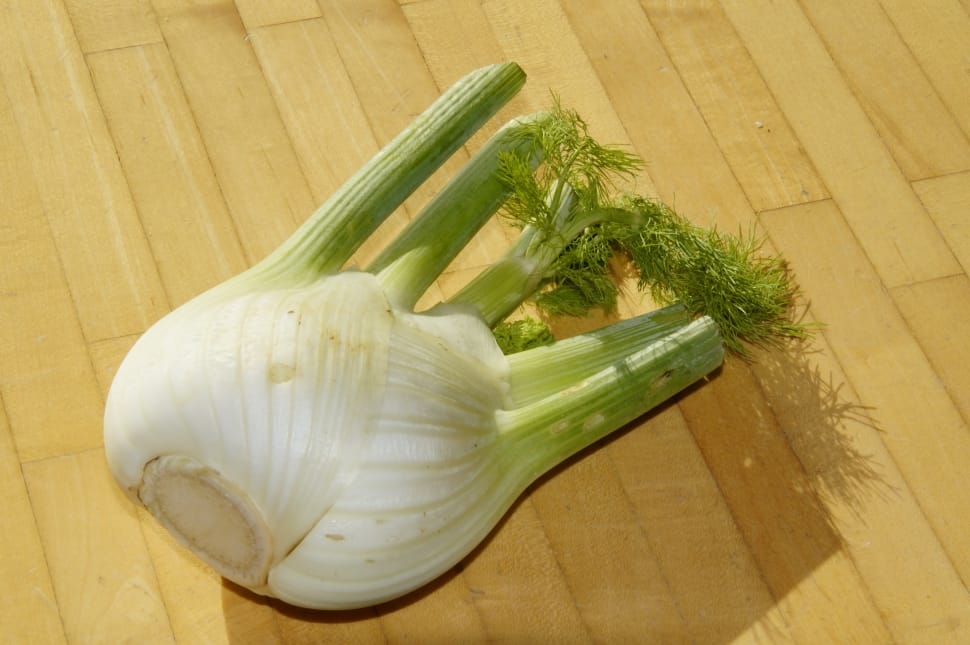II: Parsley
Why curly parsley boomed and busted.

Good morning. Today is duodi, the 22nd of Ventôse, Year CCXXXI. We celebrate le persil, a humble garnish.
💡
While Italy, France, and England embraced parsley leaves (to varying degrees and in varying ways), Germany and Eastern Europe use parsley as a root vegetable. To do this, an entirely different variety of parsley from the kind found in grocery stores is sown: Hamburg Parsley. This version grows a thick taproot that's about the size of a parsnip or carrot, but has a distinctive taste from those two plants. The leaves aren't used at all. It's mainly boiled into soups and stews. You can find it in stores that cater to Polish or Russian families.
Curly parsley had a strange boom in North America. From the '60s to the '90s, you couldn't order a plate at a restaurant or hotel that didn't come with a sprig of curly parsley to the side or even atop your meal. This was typically treated like a bit of packaging, something to remove before you could tuck in, like paper tape on your hotel toilet seat. Parsley was nothing more than a visual signifier of "yep, we made this food today."
Or was it? Where did it come from? And where did it go?



